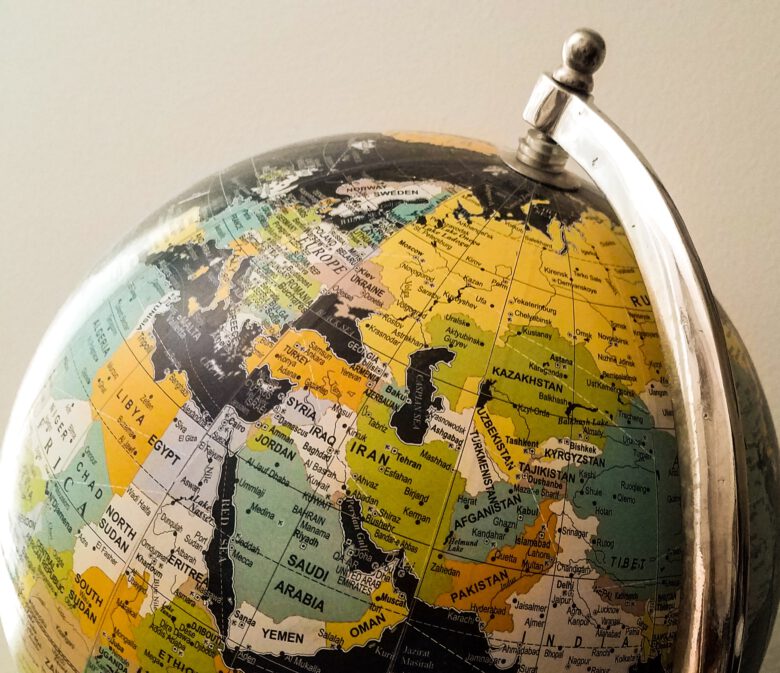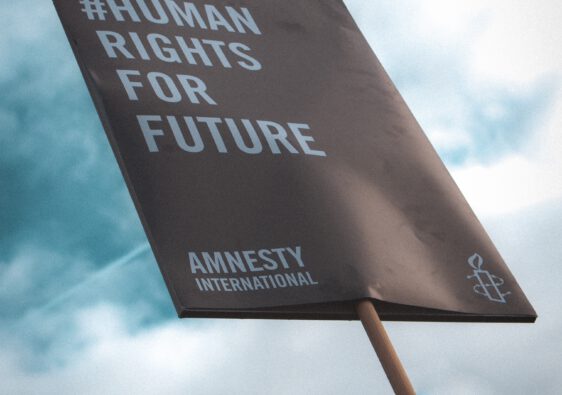In the collective global mindset, the Middle East and North Africa (MENA) are often sweepingly referred to as ‘Arab’ territories. This terminology, which grew in prominence alongside the rise of Arab nationalism, simplifies a complex regional tapestry into a monochrome. In nations like Morocco, where Amazigh heritage is as intrinsic as Arab influences, this generalization isn’t just inaccurate—it’s a narrative distortion with far-reaching implications.
The concept of Arab identity, as a unifying term for the MENA region, emerged significantly in the 20th century. This emergence was largely driven by political movements seeking to unite various nations under a single banner. Understanding this context is essential, as it reveals the ‘Arab’ label as a modern construct influenced by specific political agendas, not an age-old identifier.
The political ramifications of this oversimplification are profound. It’s not merely about linguistic differences but about recognising the unique historical, cultural, and social fabric that defines each country. On the domestic front, it creates an artificial divide between ‘Arabs’ and ‘non-Arabs,’ fostering a sense of otherness within one nations (like Morocco for example). This can lead to social and political tensions. It’s a narrative that can fuel division where unity is needed, undermining the cohesive national identity essential for a country’s stability and growth.
The repercussions extend beyond national borders, influencing foreign policy. Countries often approach the MENA region with policies crafted through an ‘Arab’ lens, potentially overlooking the unique challenges, aspirations, and cultural sensitivities of each nation. Such a one-size-fits-all approach can lead to diplomatic missteps and ineffective policies that fail to resonate with the local populations.
Moreover, the interchangeable treatment of people from different MENA countries undermines their deep-rooted connection to their specific land, history, and culture. It’s a perspective that not only challenges the sovereignty of each nation but also diminishes the intrinsic value of each culture within the region.
Recognizing the rich diversity of the MENA region is crucial. While shared elements like language exist, the uniqueness of each country and its people is paramount. Embracing this complexity can lead to healthier domestic environments and more effective, respectful foreign policies. Acknowledging the multifaceted nature of MENA is about more than accurate representation; it’s about honoring the distinct identities of communities and nations in this historically rich and diverse part of the world.






